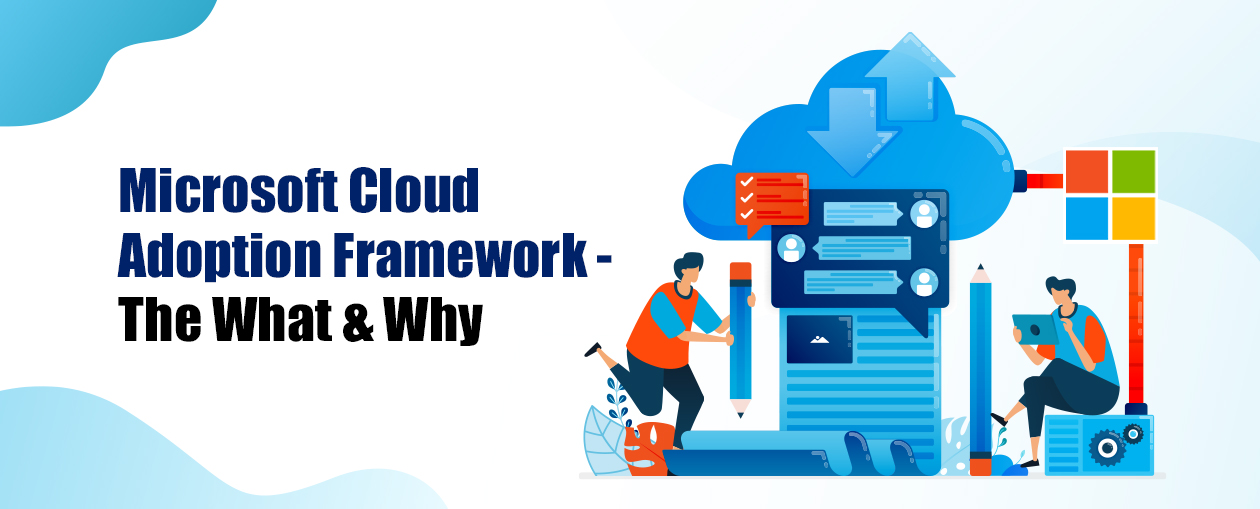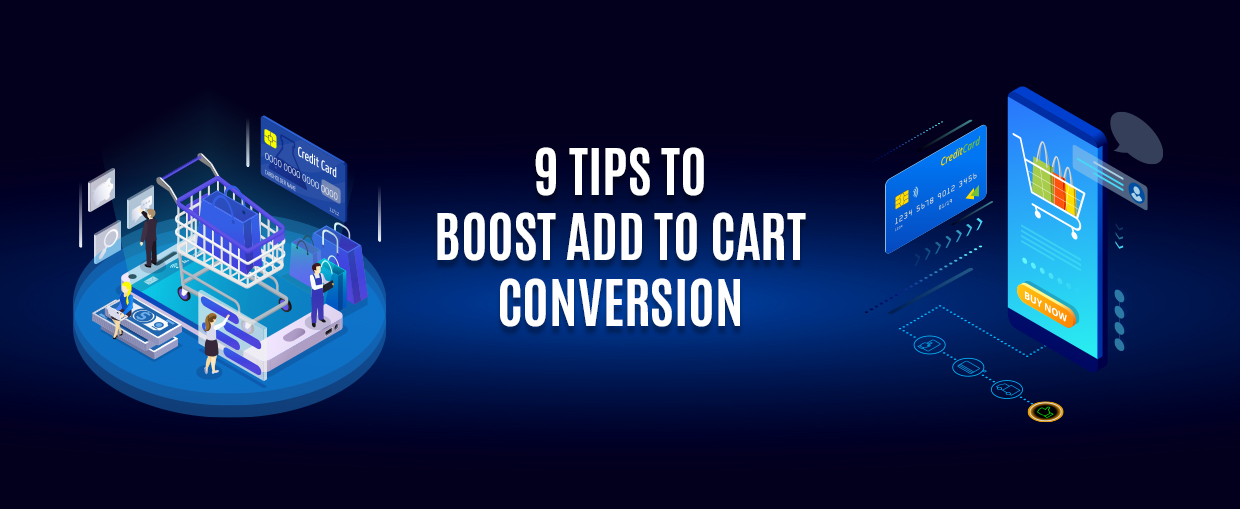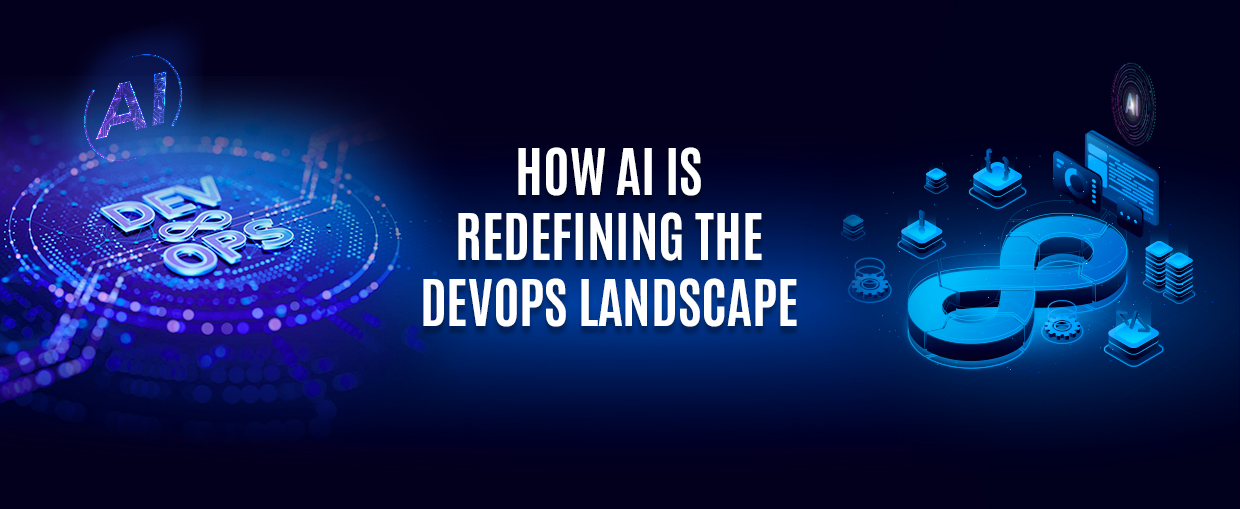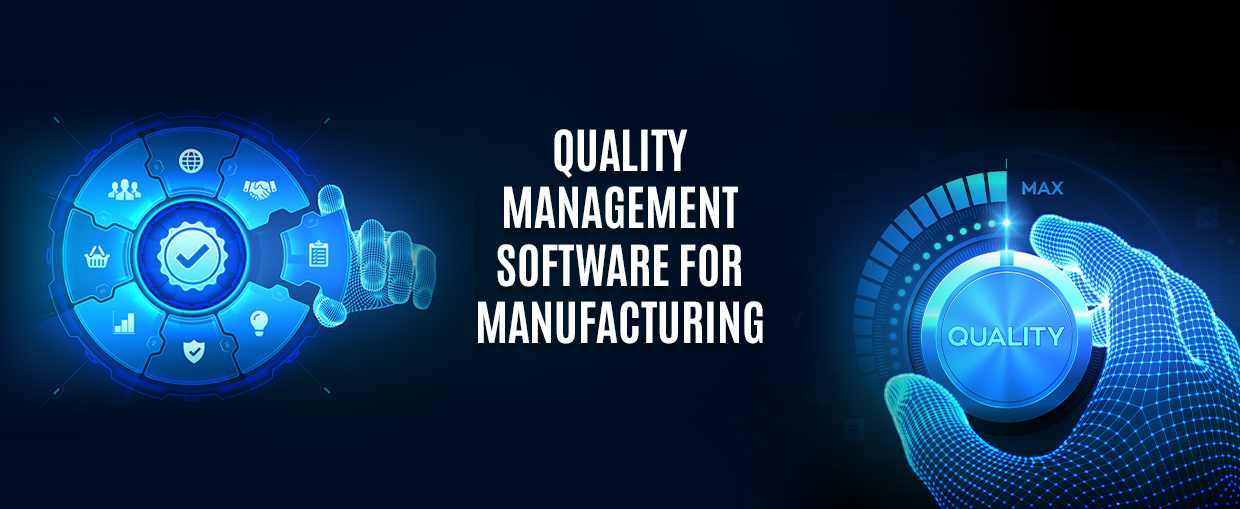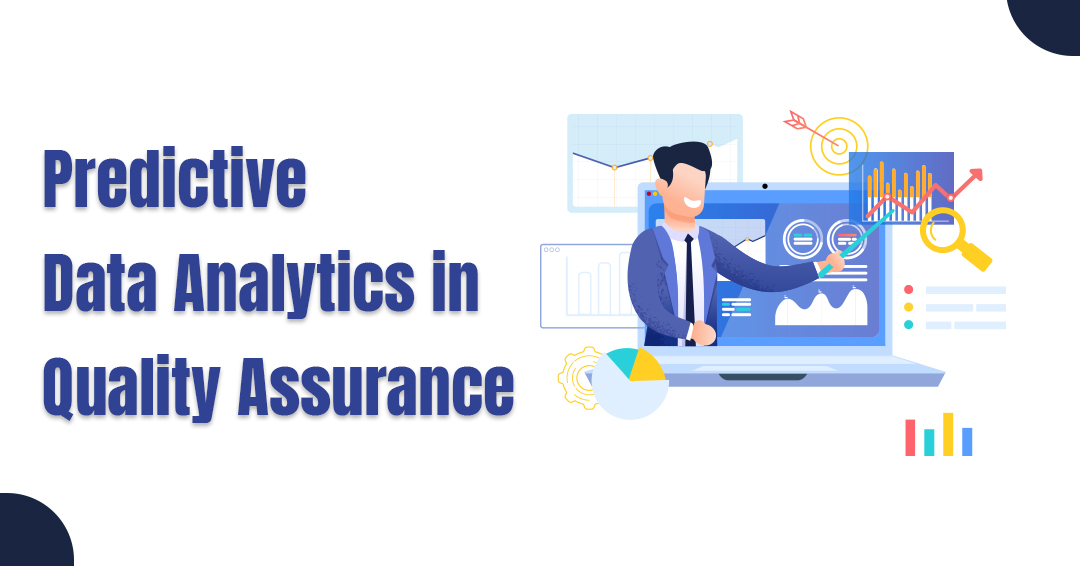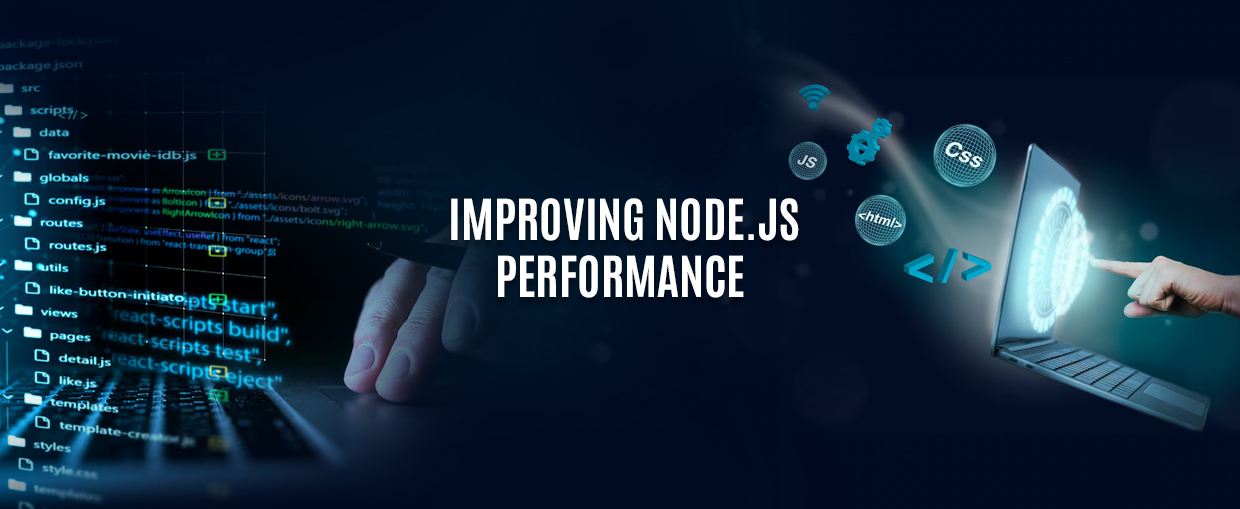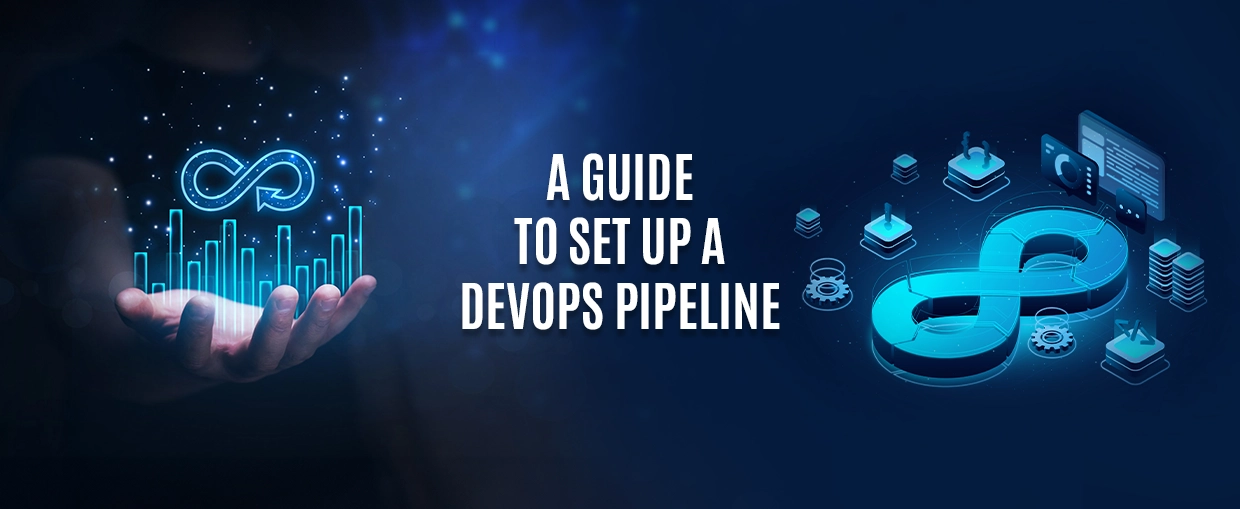Choosing to invest in Microsoft Cloud adoption Framework is simple, as these days, most organizations see the value of the Cloud.
But there are many more difficult decisions to come after that initial one. How much money should you set aside for Cloud services, resources, or accompanied app development services? What and how should it be transferred to the Cloud? Who will be in charge of each stage of your Cloud transformation, and what skills will they require? How are you going to secure your Cloud environment with a software development company’s support?
Microsoft has laid out best practices, documentation, and tools to advise and assist you throughout your whole Cloud journey to help you negotiate all of the intricacies of Cloud adoption. This is the Azure Cloud Adoption Framework (CAF) from Microsoft. CAF is a reference guide for developing and implementing a Cloud strategy on the Azure Cloud.
While the framework is a wonderful resource for your Cloud strategy, it is also a lot of knowledge to absorb all at once. For this, you need to hire developers with excellent expertise. We’ve provided a summary of what you’ll find in each section of Microsoft Cloud Adoption Framework and how to use it in this page.
What is the Microsoft Azure Cloud Adoption Framework?
The Microsoft CAF guides you through the process of developing and implementing a Cloud strategy. It contains documentation and tools for each stage of Cloud services adoption and can benefit IT professionals, business leaders, and anybody else interested in Cloud decision-making. CAF isn’t just for companies who are just getting started with Cloud migration; it can be utilized by companies at any level of their Cloud journey. Microsoft makes learning about each component of CAF as simple as possible, but you’ll get the most out of your Azure investment if you collaborate with an Azure Cloud consultant or a specialist software development company who has significant understanding and experience with the Cloud Adoption Framework.
Why is the Microsoft Cloud Adoption Framework so important?
Organizations frequently consider Cloud adoption as a simple process of shifting workloads to the Cloud. However, this can result in fragmented and inefficient solutions. A comprehensive plan that incorporates modern best practices is required to maximize the performance, security, and scalability of your Cloud system.
Using CAF will result:
- Assisting you in understanding your current environment and what it will take to reach your Cloud objectives
- Aligning your entire organization behind an all-encompassing Cloud strategy.
- Ensuring that you are following best practices at all times (even in expert app development services)
- Reducing the possibility of costly errors
- Allowing you to draw on the expertise of professionals rather than reinventing the wheel.
- Assisting in making the Cloud move easier and more efficient.
What Are The Phases Of The Microsoft Cloud Adoption Framework For Azure?
The Cloud Adoption Framework is structured into six major sections: strategy, planning, readiness, adoption, governance, and management – almost similar to how you hire developers. The framework provides best practices, tools, and resources for each level. The first four sections are sequential steps, but the last two cover the whole Cloud adoption experience.
Let’s go over each section of CAF.
1. Strategy
The first stage of the Microsoft Cloud Adoption Framework involves creating the business case for your Cloud migration as well as the desired results. You are only beginning the process of identifying your motives in order to turn them into future steps at this point.
Microsoft provides a template for developing a Strategy and Plan document that identifies important Cloud services adoption stakeholders and business drivers as well as describes the digital estate. This document is an important aspect of both this phase and the next one, and it may be used as a benchmark throughout the Cloud journey.
2. Plan
It’s time to put your goals from the “Strategy” stage into a workable one. On this step, you inventory your assets and decide how you want to host them on the Cloud. You’ll also want to ensure that the entire organization is on board with your strategy.
As your Cloud transformation grows, so will your team’s skill set, allowing you to properly move, manage, and secure your Cloud footprint (say for e.g. app development services). During the Plan phase, you identify any skill shortages and focus on skill preparedness, altering your team’s abilities to migrate, maintain, and secure your Cloud footprint successfully.
3. Ready
This phase focuses on the Azure Landing Zone as the foundation for developing or moving your workloads before you hire developers. The emphasis is on overall design, resource organization, and naming rules to assure resource identification as you scale.
Using the Landing Zone best practices, you prepare your Azure environment for deployment at this point.
- Adopt – The last three phases have been laying the groundwork for this one: transferring your assets to the Cloud. In this step, Microsoft suggests four processes to follow:
- Migrate – Transfer your workload to the Cloud, allowing you to benefit from Cloud infrastructure without making significant changes to the application.
- Modernize – Increase the performance and cost-effectiveness of existing workloads by leveraging Cloud-native services and architectures.
- Innovate – Adopt Cloud-native technologies to build customer-focused solutions that take full advantage of the Cloud’s scalability, flexibility, and cost benefits.
- Relocate – Transfer an Microsoft Azure Cloud Adoption Framework workload to a different Azure region to increase latency, availability, or to meet regulatory requirements.
4. Govern
Along with your Cloud services implementation, this section will assist you in developing a Cloud governance strategy. Defining roles, duties, and rules for managing and maintaining your Cloud infrastructure to ensure compliance, security, and cost control is a part of this. Governance is designed to be iterative – you start with a limited set of corporate policies, processes, and tools and then develop with your organization’s changes.
The primary focus of the Govern phase is on leveraging Azure Policy, a service that assists you in creating guardrails to ensure company-wide compliance.
5. Manage
Manage is concerned with the monitoring and maintenance of your ongoing Cloud operations. In this stage, you’ll examine the checks and balances you’ve built into your Azure environment to alert you to abnormalities and areas for review. Cost control and budgeting are also prominent topics of discussion in Manage especially when you partner with an expert software development company.
Azure Monitor, Azure Automation, and Azure Backup/Site Recovery are three products you should be familiar with if you want to succeed at this level.
- Azure Monitor aids with the collection, analysis, and action of telemetry data from your platform-running resources, guaranteeing optimal performance and availability.
- Azure Automation provides a simpler method to task automation, reducing human error and increasing overall productivity in your app development services.
- Azure Backup protects your data with geographically redundant and immutable backups, as well as flexible recovery options and long-term preservation.
- Azure Site Recovery allows for real-time asset replication to another region. When integrated with automation, it contributes to the development of a gradual recovery strategy for improved business continuity.
How To Get Started With The Microsoft Cloud Adoption Framework?
If you don’t know where to begin with CAF, fortunately, Microsoft has a helpful Getting Started page that will assist you in better understanding your present needs and providing advice on certain early decisions.
However, it quickly becomes complicated. Even with CAF, a Cloud migration takes time and is tough to complete if it is not your primary area of expertise. The right IT partner or software development company can make Cloud adoption easier and less stressful.

